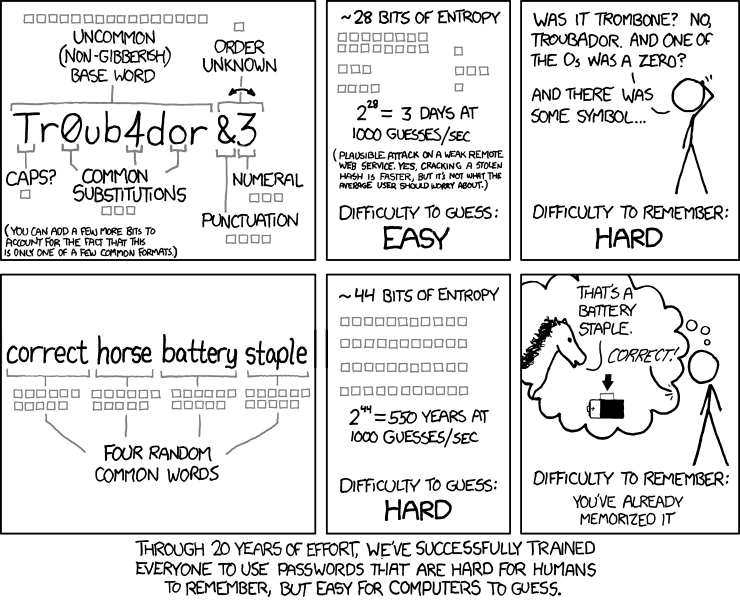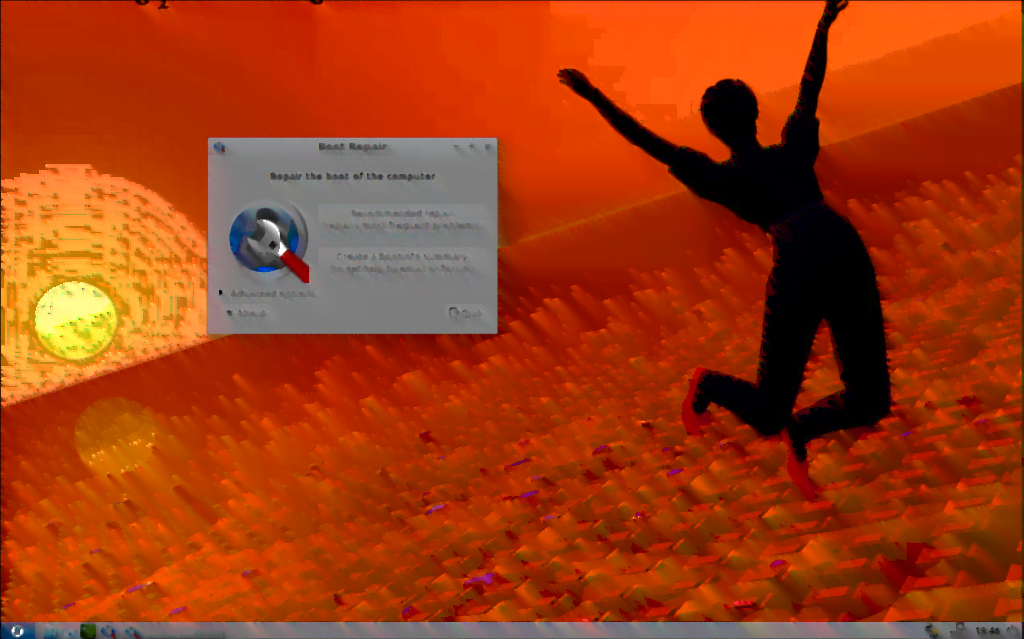I have two ssd's and I was dual booting, Mint 21.2 on drive 1 and Ubuntu on drive 2.
I want to get wine, lutris, steam and whatever else up and running without hosing my daily use OS on drive 1 so I decided to install mint on drive 2 and do my experimenting there. Installation went fine, until I tried to boot back into drive 1 and get some actual work done. Uh oh! Big problem! I can boot into the new install on drive 2, but I can no longer boot drive 1. When I select "drive 1" in grub, the best I get is a grub terminal with a login prompt. Logging in there just gives me a CLI prompt. When I try to select an earlier kernel all I get is a black screen with an unresponsive blinking cursor.
I think, not sure but I think, if I remove this install, ( running on drive 2 ), and put Ubuntu or something else on here, I should be able to boot normally again. Not being sure of this I thought it would be prudent to seek some help before I do something foolishly and lose everything on drive one.
Searching all over the place, I can find lots of help troubleshooting dual booting but most of it pertains to dual booting with windows or Mac, which doesn't seem to apply here. I know there are no hardware or BIOS issues as everything worked flawlessly dual booting Mint and Ubuntu. My assumption is that it's a grub problem that I have no clue how to troubleshoot or fix. From here, ( drive 2 ), I can access folders and files on "drive 1, so if anyone would care to help, I should be able to supply more info if needed, just tell me what you need and I'll attempt to provide it.
Thanks in advance!
I want to get wine, lutris, steam and whatever else up and running without hosing my daily use OS on drive 1 so I decided to install mint on drive 2 and do my experimenting there. Installation went fine, until I tried to boot back into drive 1 and get some actual work done. Uh oh! Big problem! I can boot into the new install on drive 2, but I can no longer boot drive 1. When I select "drive 1" in grub, the best I get is a grub terminal with a login prompt. Logging in there just gives me a CLI prompt. When I try to select an earlier kernel all I get is a black screen with an unresponsive blinking cursor.
I think, not sure but I think, if I remove this install, ( running on drive 2 ), and put Ubuntu or something else on here, I should be able to boot normally again. Not being sure of this I thought it would be prudent to seek some help before I do something foolishly and lose everything on drive one.
Searching all over the place, I can find lots of help troubleshooting dual booting but most of it pertains to dual booting with windows or Mac, which doesn't seem to apply here. I know there are no hardware or BIOS issues as everything worked flawlessly dual booting Mint and Ubuntu. My assumption is that it's a grub problem that I have no clue how to troubleshoot or fix. From here, ( drive 2 ), I can access folders and files on "drive 1, so if anyone would care to help, I should be able to supply more info if needed, just tell me what you need and I'll attempt to provide it.
Thanks in advance!




